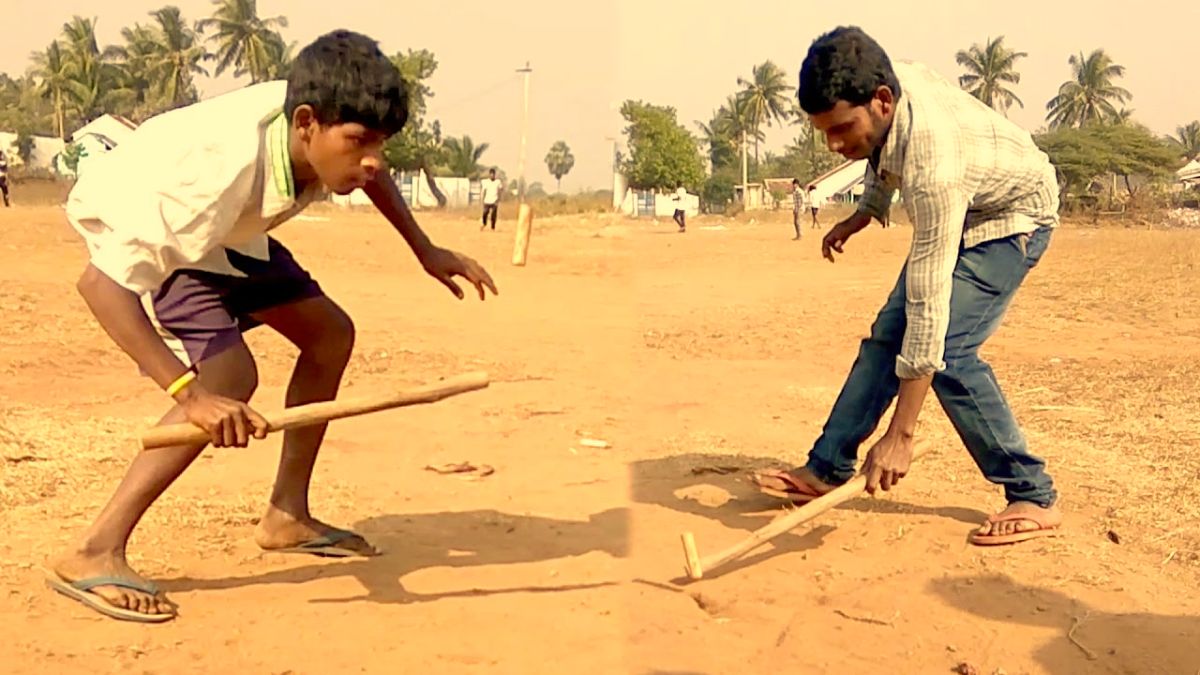Introduction
Traditional Indian games have long been an integral part of the country’s cultural fabric. Games like Pathar Pani, Pithu, and Pakadam Pakadai have been cherished pastimes for generations, connecting people across diverse backgrounds. However, a disheartening trend is emerging, as these age-old games are gradually fading into obscurity. The culprits behind this decline are the advancements in modern games and their growing popularity. This article explores the fading legacy of traditional Indian games and examines the reasons behind their decline.
The Erosion of Cultural Heritage
Traditional Indian games, passed down through generations, have been an essential aspect of Indian culture. These games have been enjoyed by people of all ages, bridging gaps between generations and fostering a sense of community. The disappearance of these games signifies a loss of cultural heritage, with younger generations missing out on the invaluable life lessons, physical activity, and social interactions these games provide.
The Invasion of Modern Alternatives
In the fast-paced digital age, traditional Indian games face stiff competition from modern counterparts. The rise of video games, smartphone apps, and online gaming platforms has drawn the attention of the younger generation. These modern games offer the allure of advanced technology, immersive experiences, and global connectivity, rendering traditional games less appealing in comparison.
The Silent Extinction
The decline of traditional games in India is a silent crisis. Many traditional games have already vanished from the mainstream, becoming obscure relics of the past. For instance, Pathar Pani, a game involving hopping on stones in water, has become a rare sight in Indian neighborhoods. Similarly, games like Pithu and Pakadam Pakadai are rarely seen being played in the streets, replaced by more modern forms of entertainment.
Modern Games: The New Dominators
The rapid advancements in technology and the proliferation of modern games have altered the leisure-time landscape. Youngsters are now more inclined towards digital games, which often require lesser physical effort but offer greater visual and interactive stimulation. The convenience and accessibility of modern games have contributed significantly to their increasing dominance, making traditional games appear outdated.
The Impact on Physical and Mental Health
Traditional games are not merely recreational; they also provide essential physical exercise. These games involve running, jumping, and other physical activities that promote fitness and healthy living. The decline of traditional games has raised concerns about the sedentary lifestyle that modern games often encourage, potentially leading to health issues, including obesity and a lack of physical fitness.
The Dwindling Social Connections
Traditional Indian games are renowned for their ability to foster social connections. They encourage interpersonal relationships and bonding among friends and family. As these games lose popularity, so does the sense of community they engender. Modern games, often played alone or with distant online opponents, lack the personal touch and social interaction that traditional games provide.
Conclusion
The decline of traditional Indian games is a somber reflection of the rapid changes in Indian society. While modern games offer exciting experiences, they must not overshadow the cultural significance of traditional games. Preserving these games and reintroducing them to younger generations is essential for maintaining cultural heritage, promoting physical health, and strengthening social connections. In a world where technology continually evolves, it is crucial to remember and cherish the timeless traditions that have shaped India’s rich cultural tapestry.





